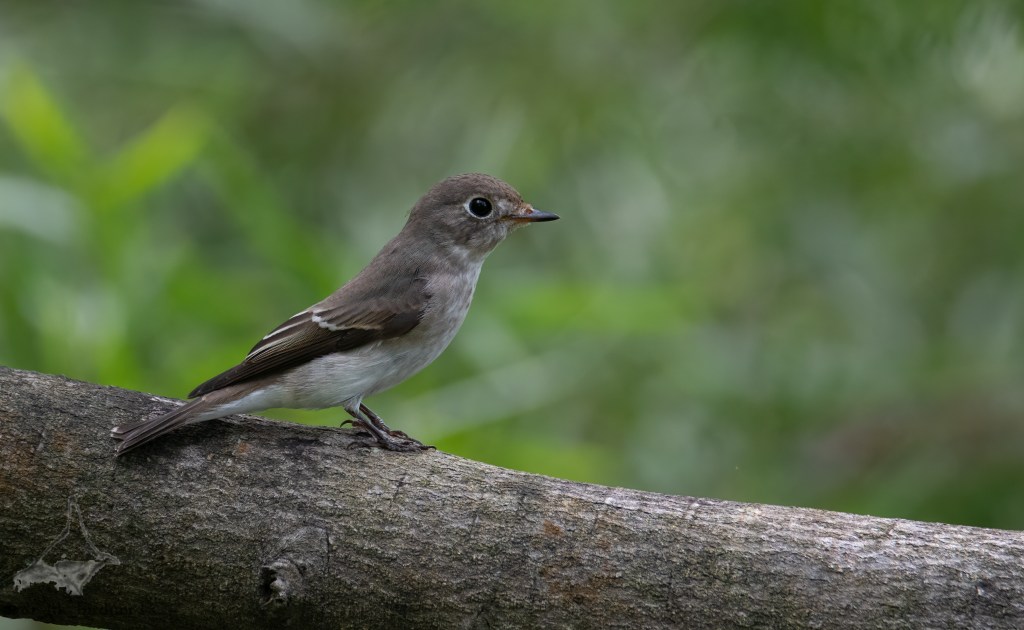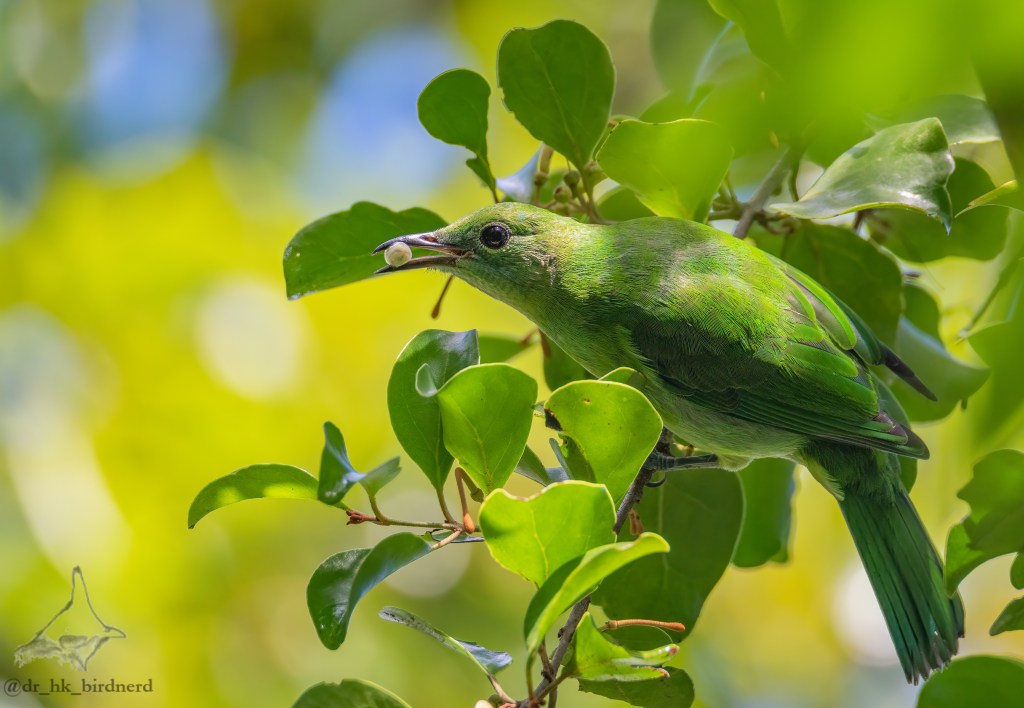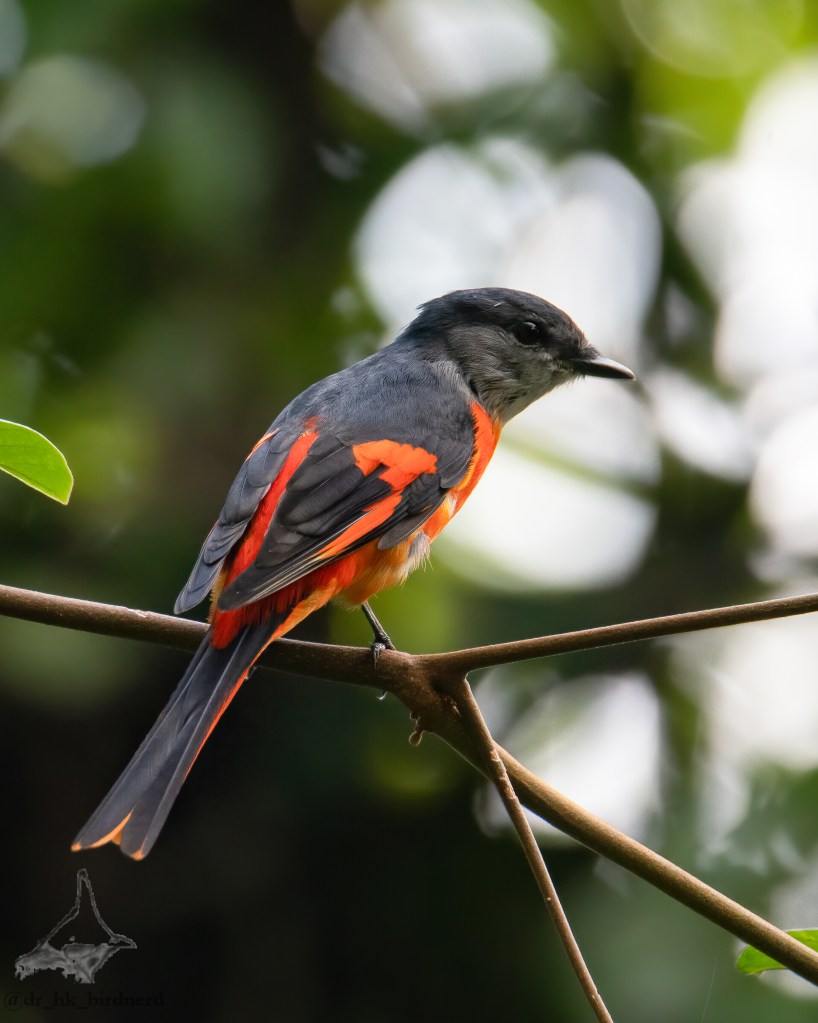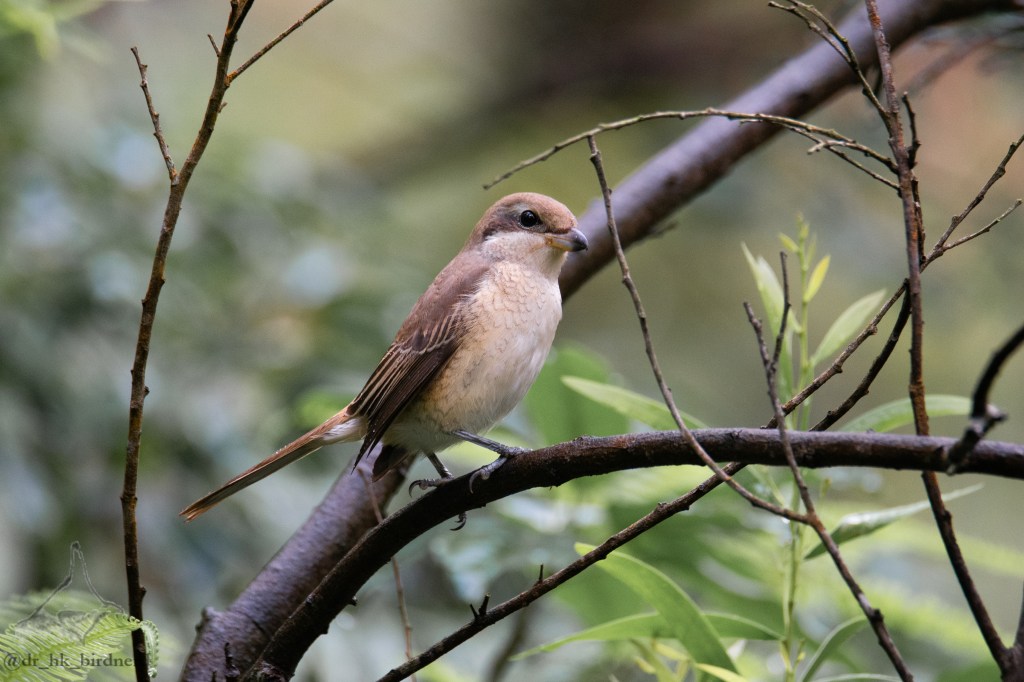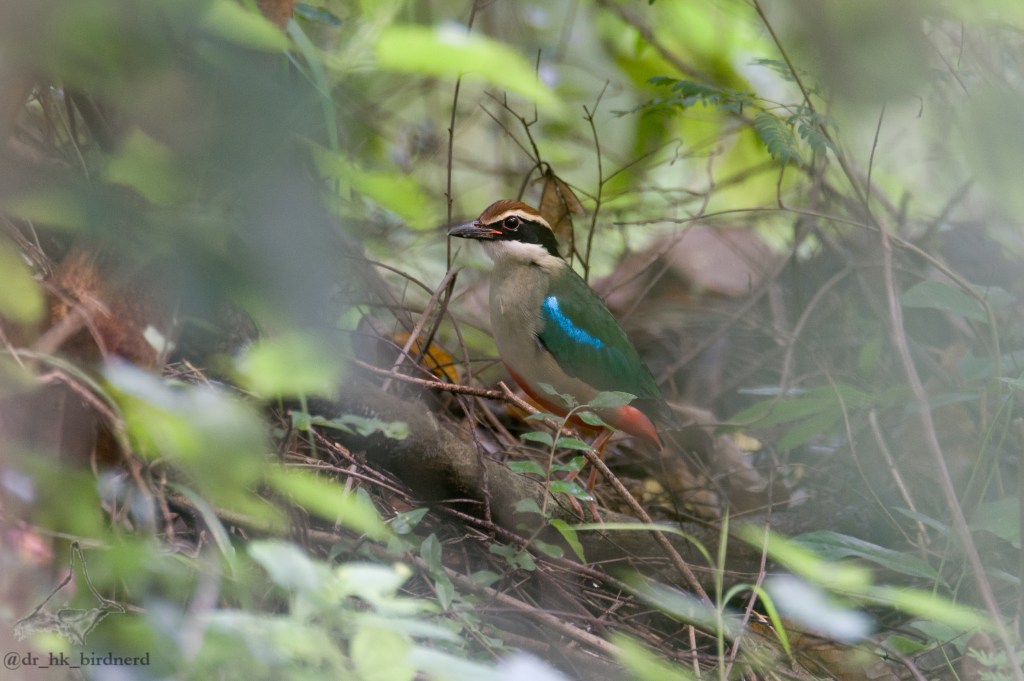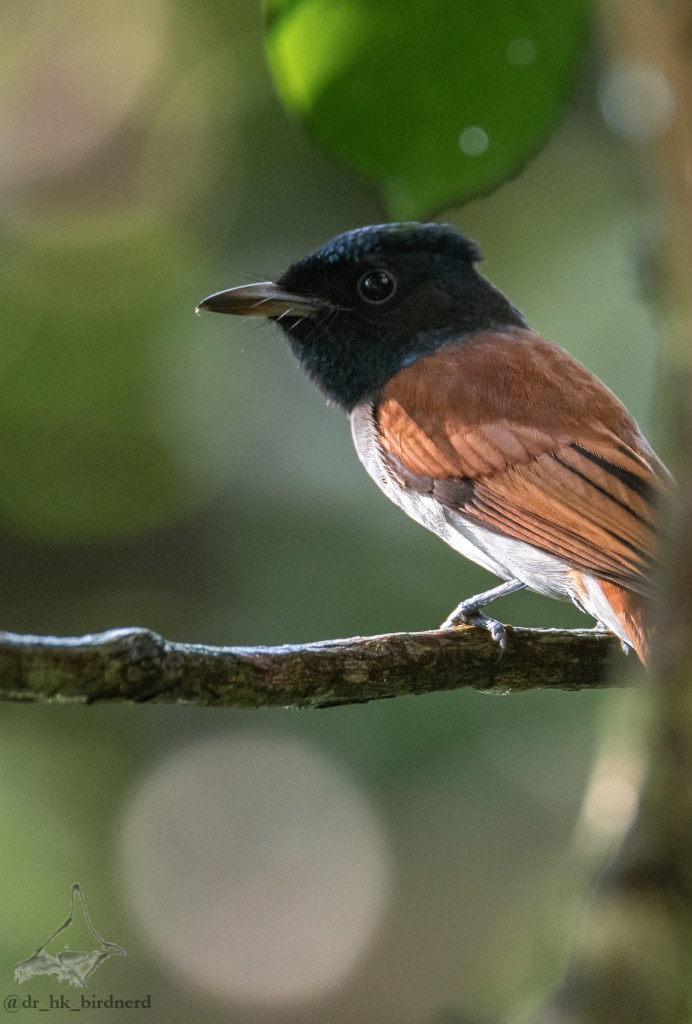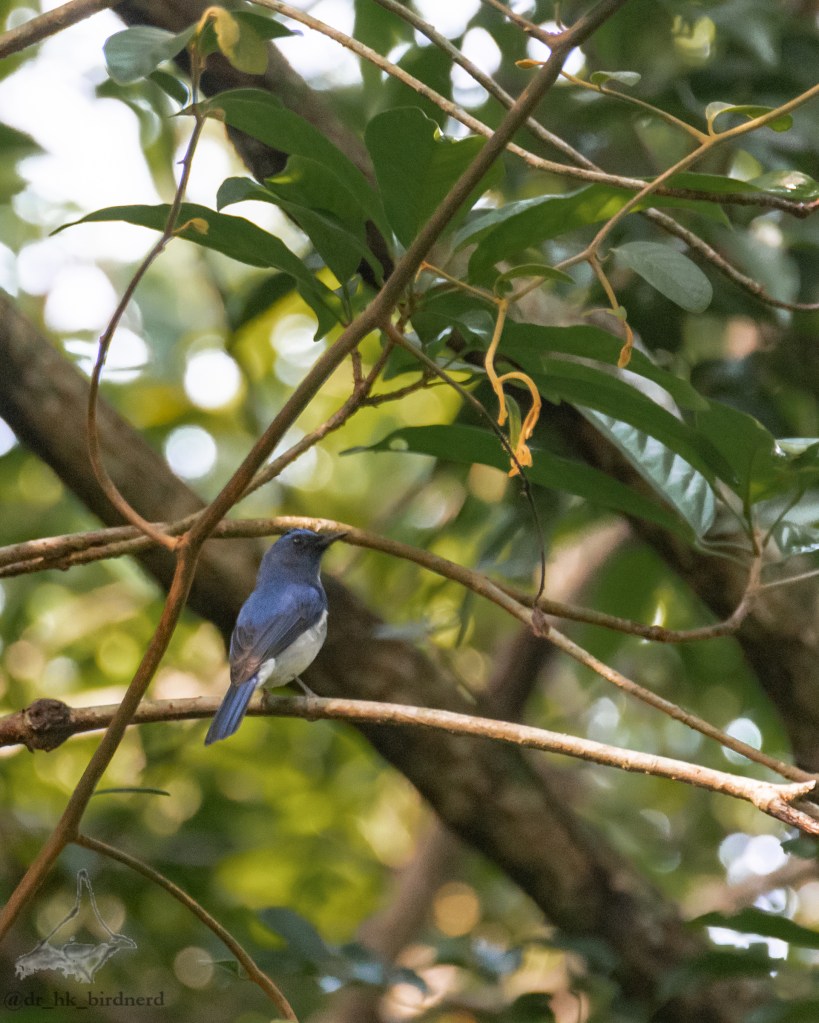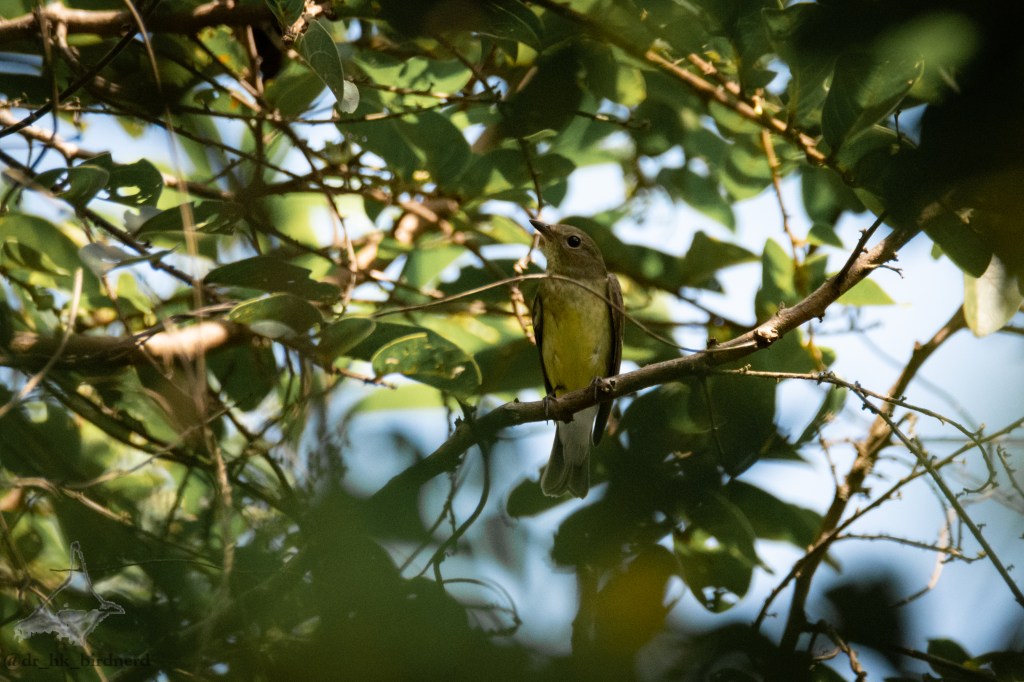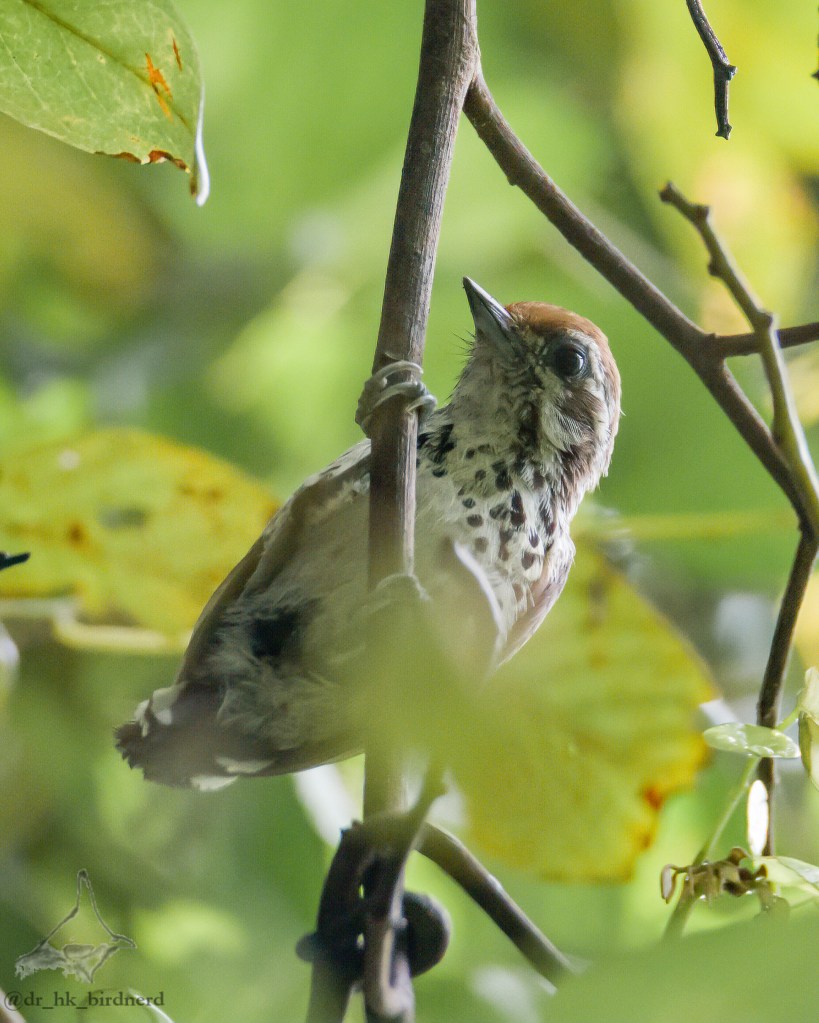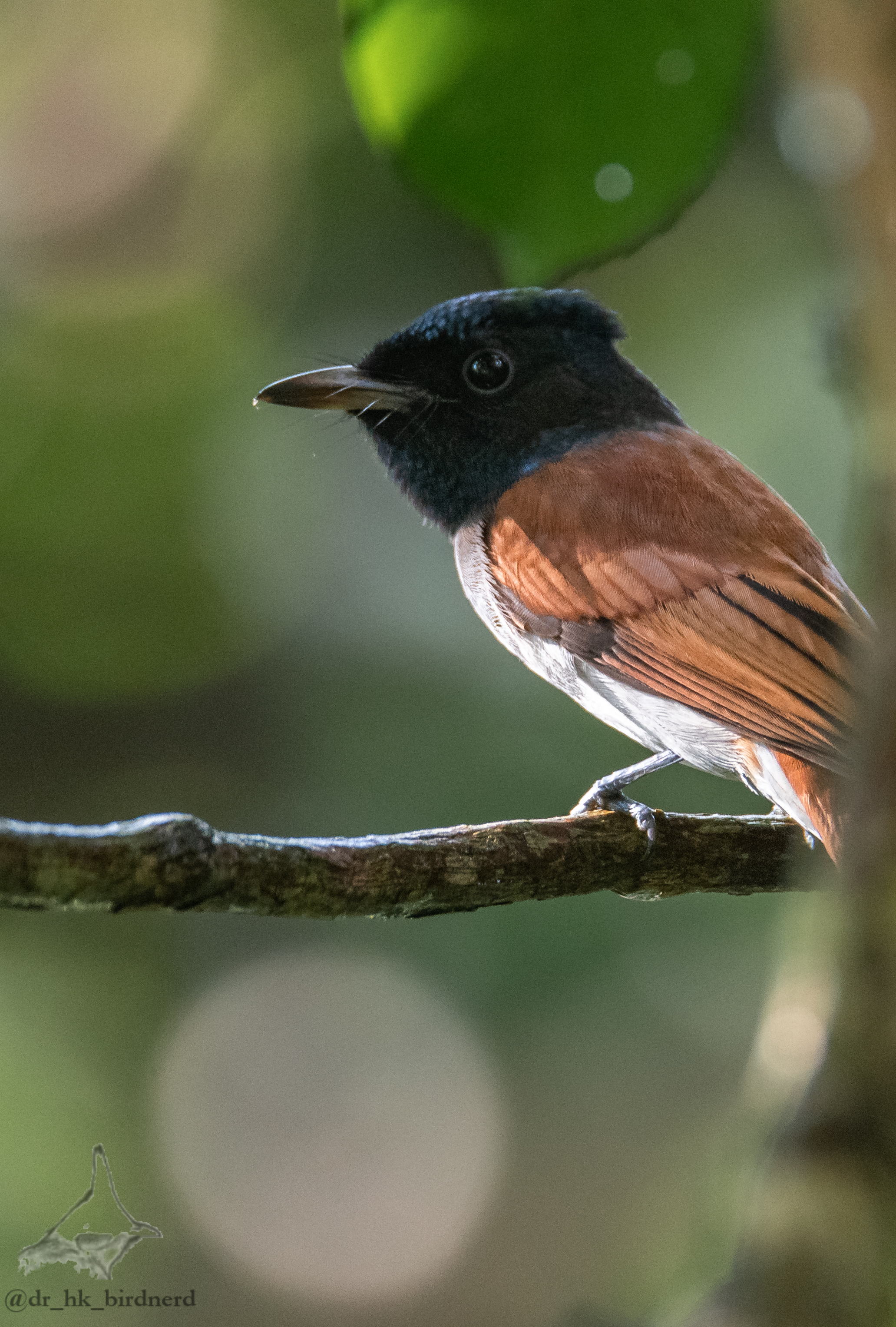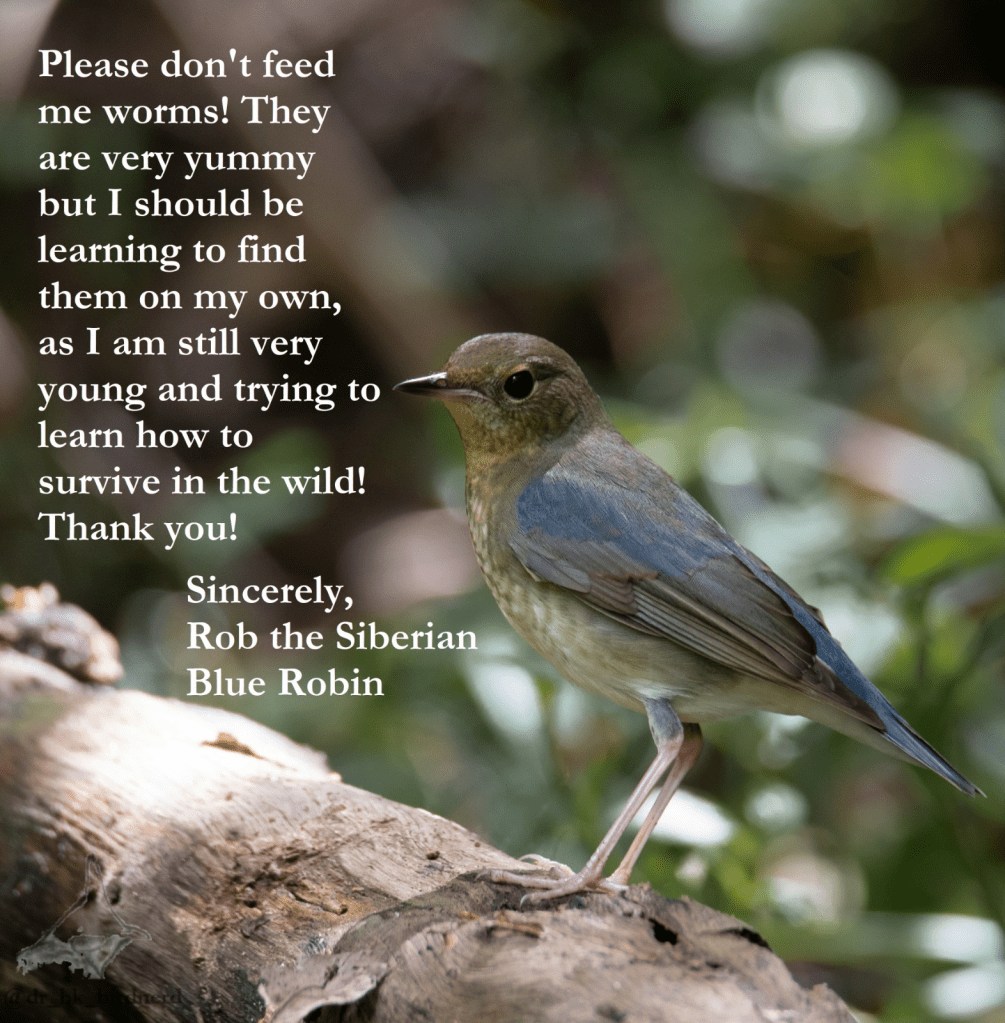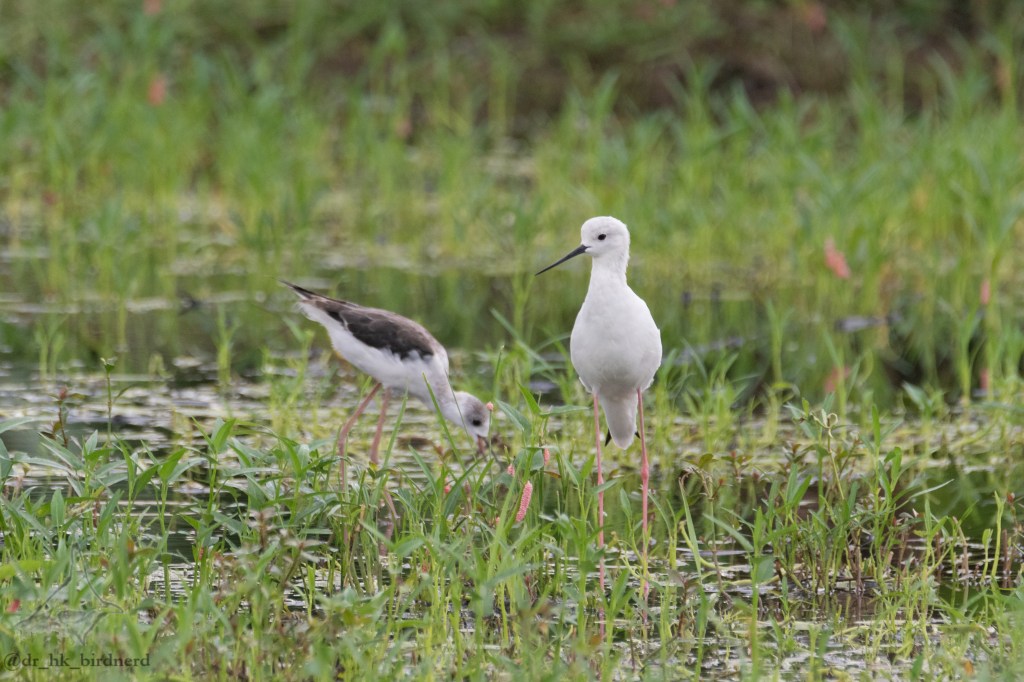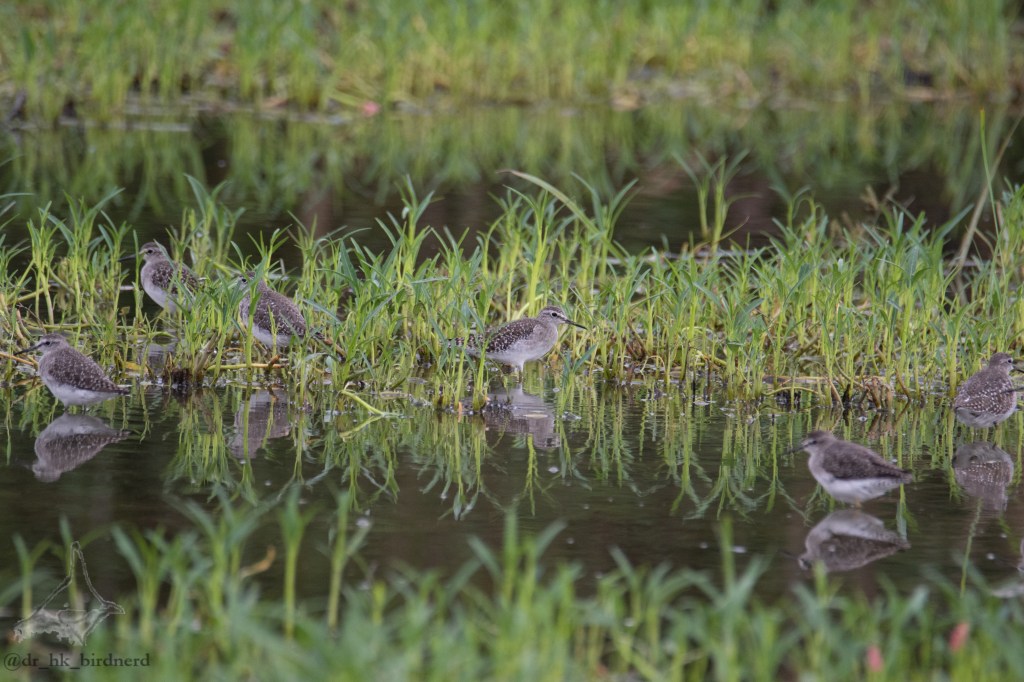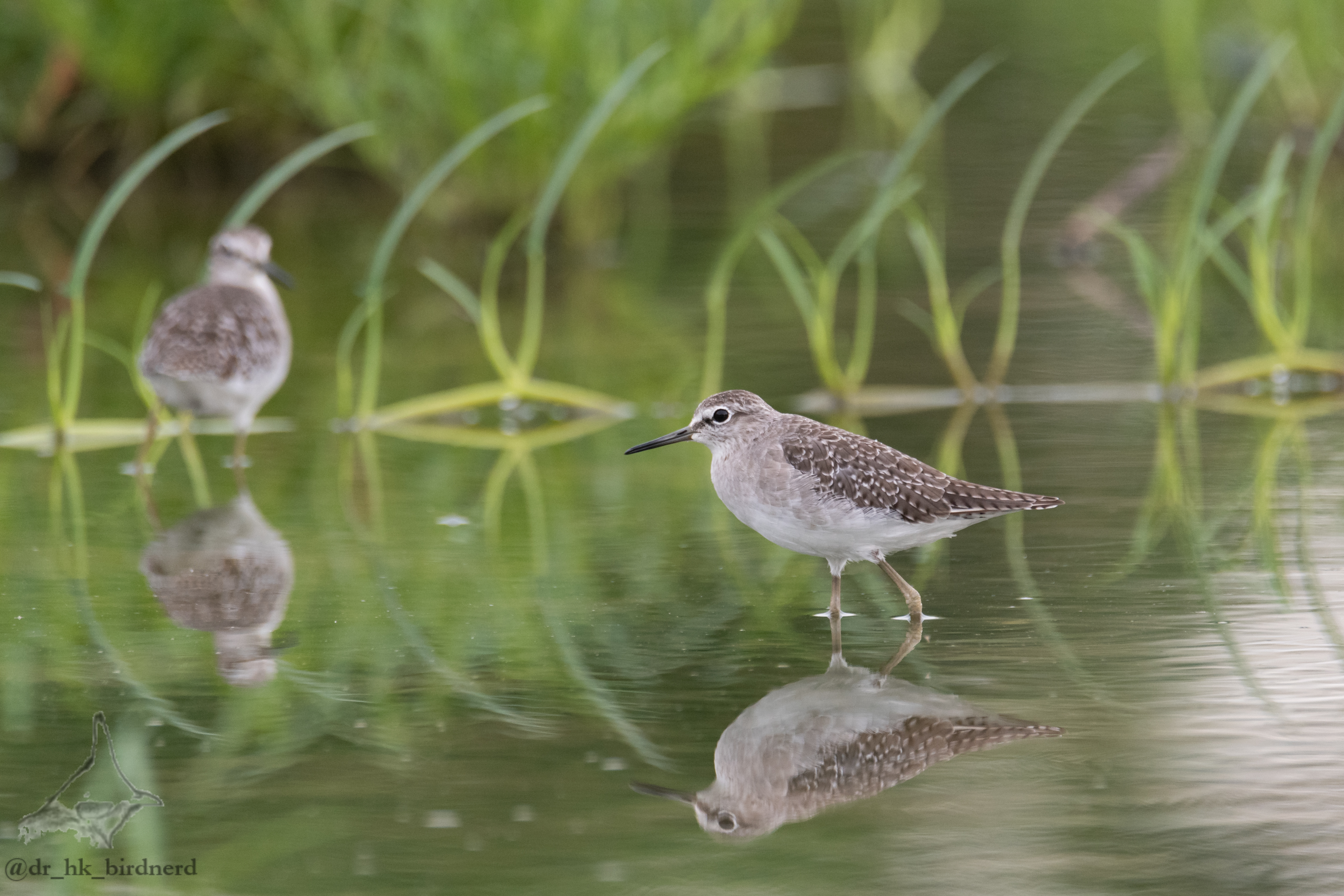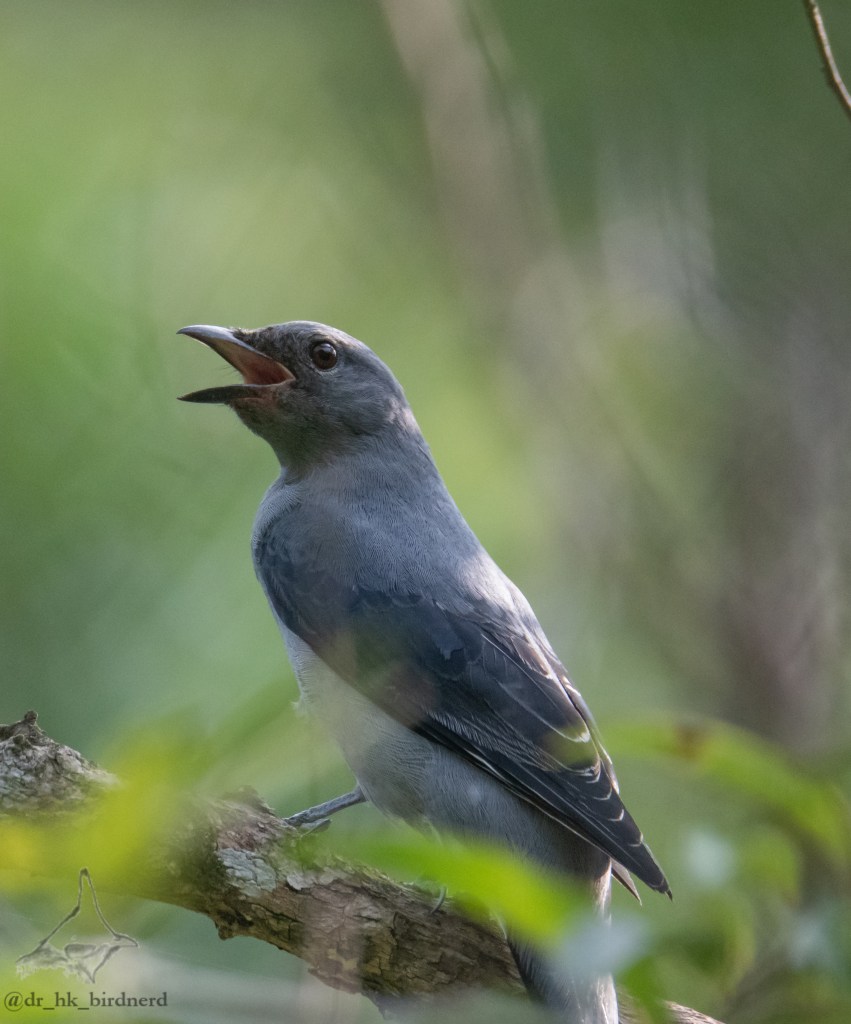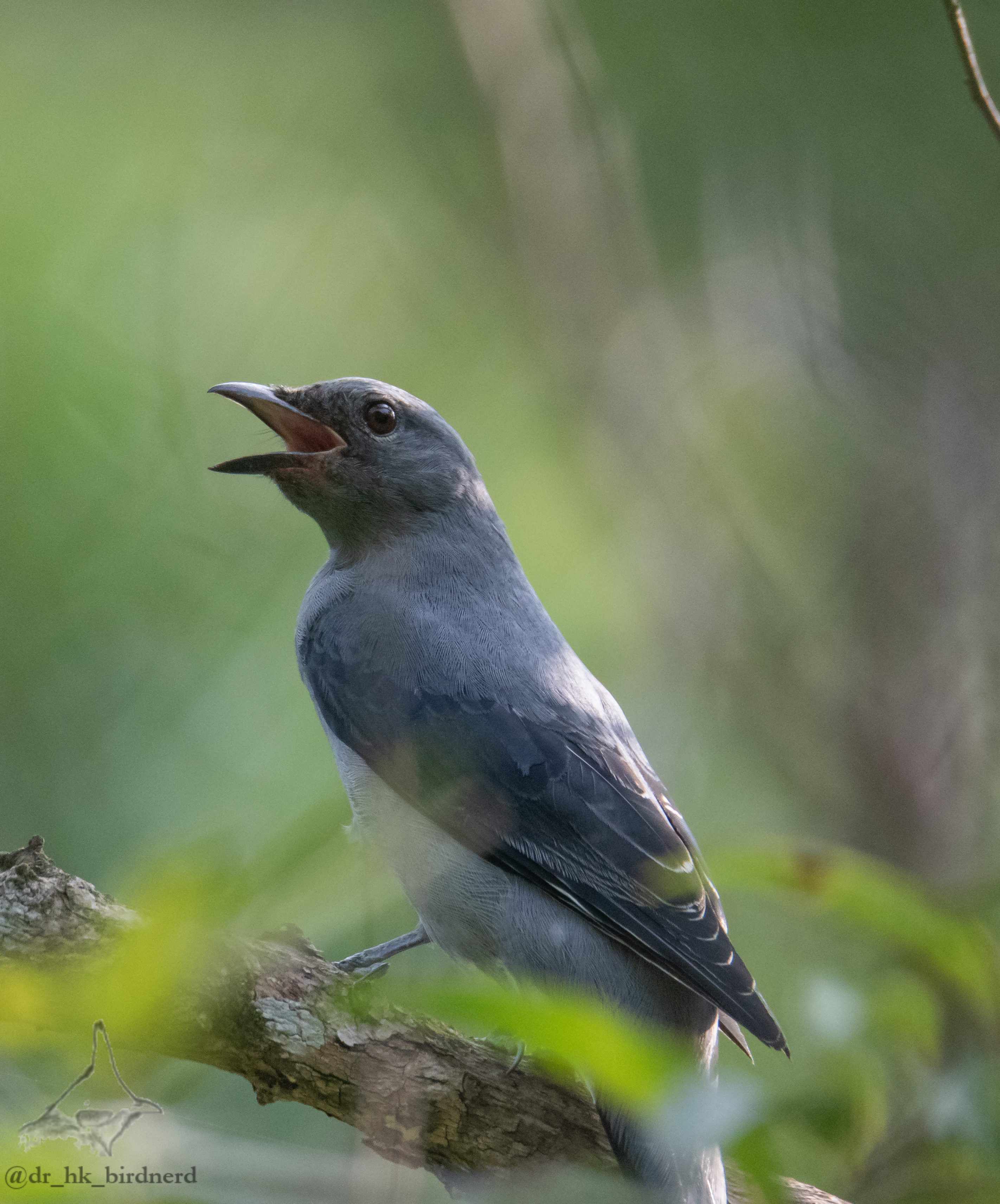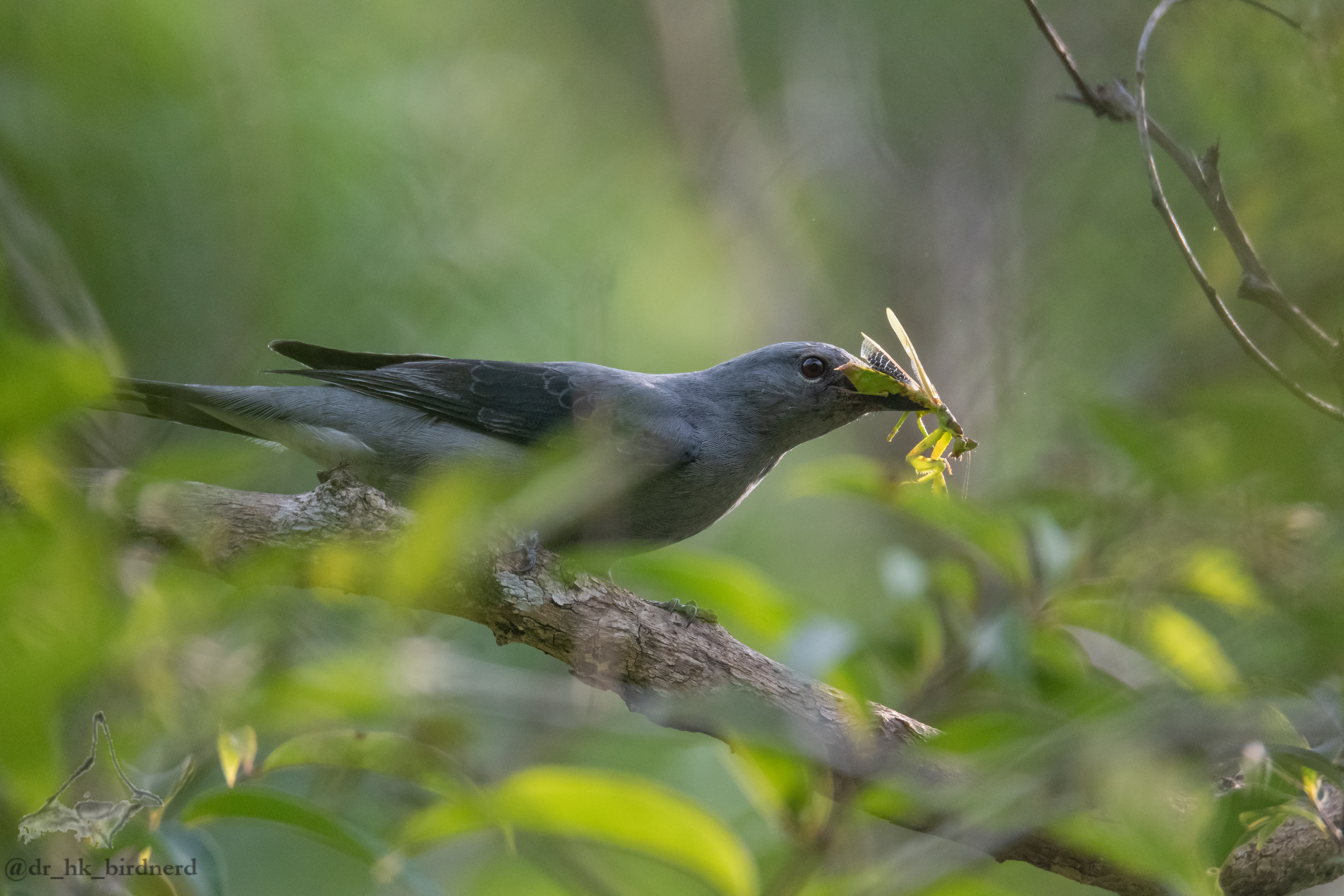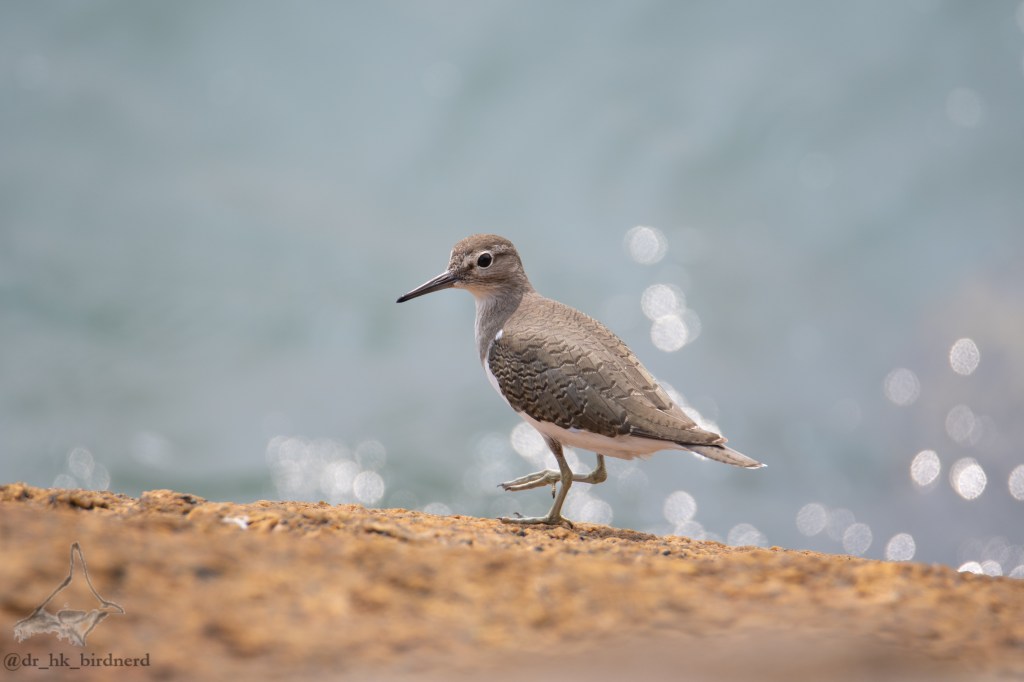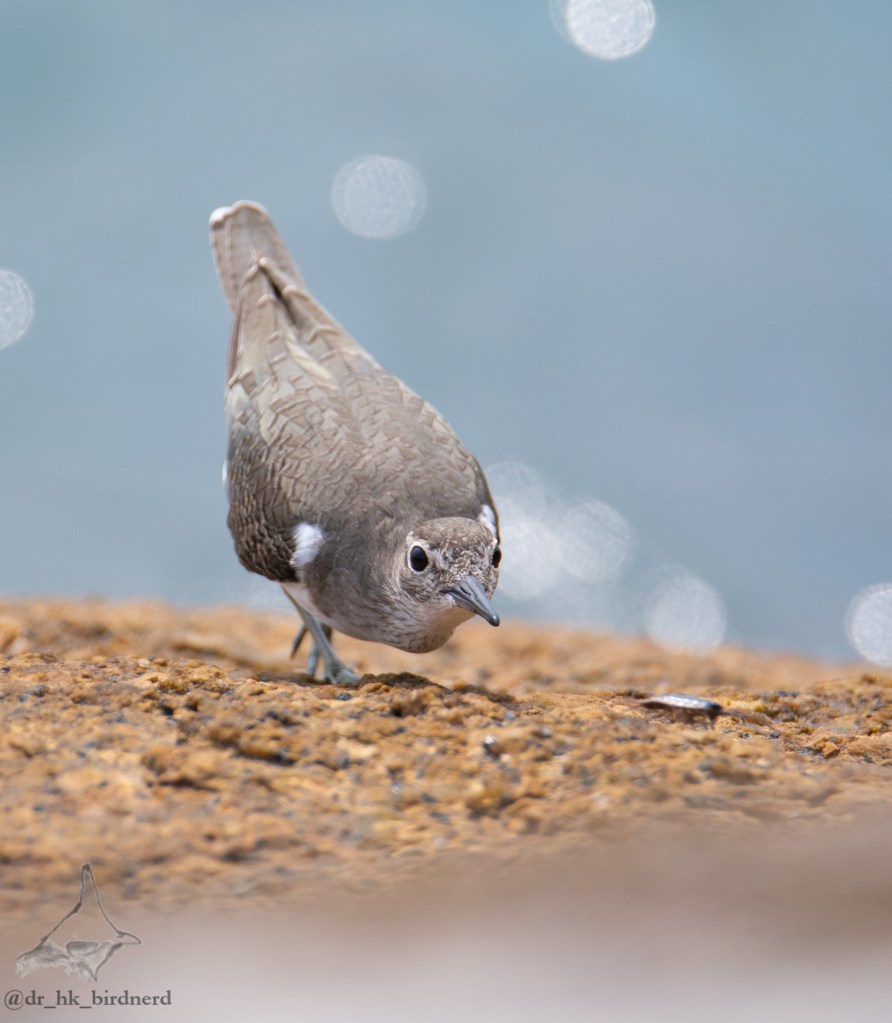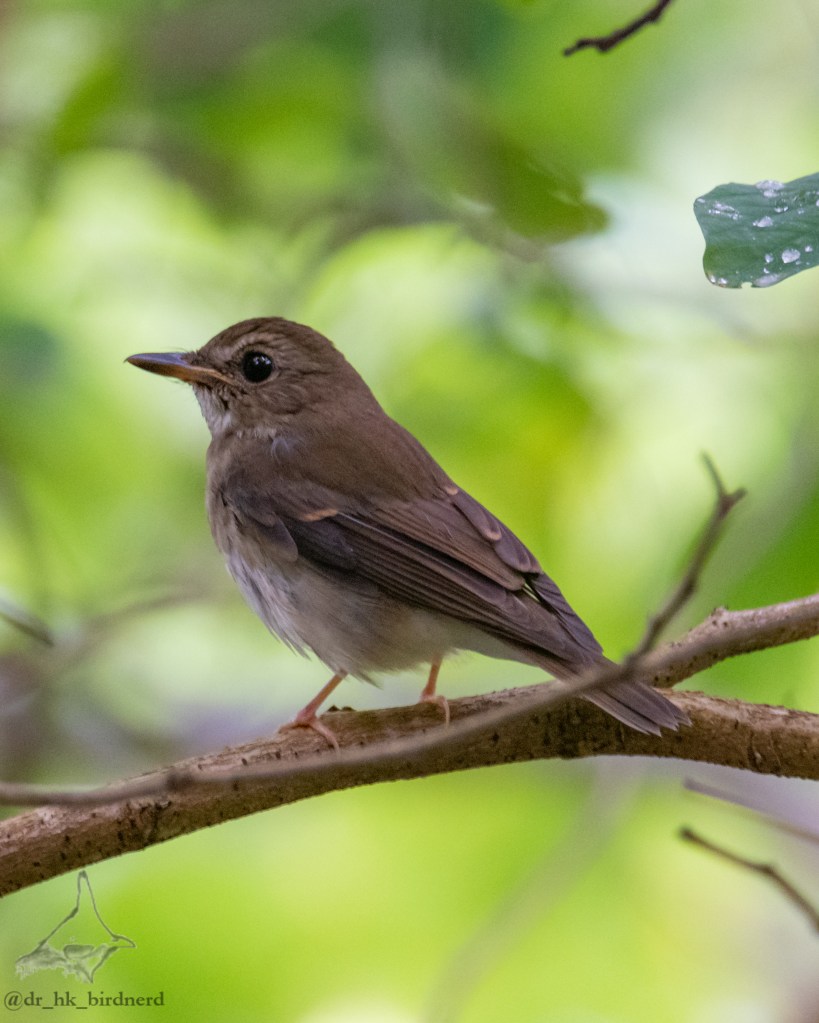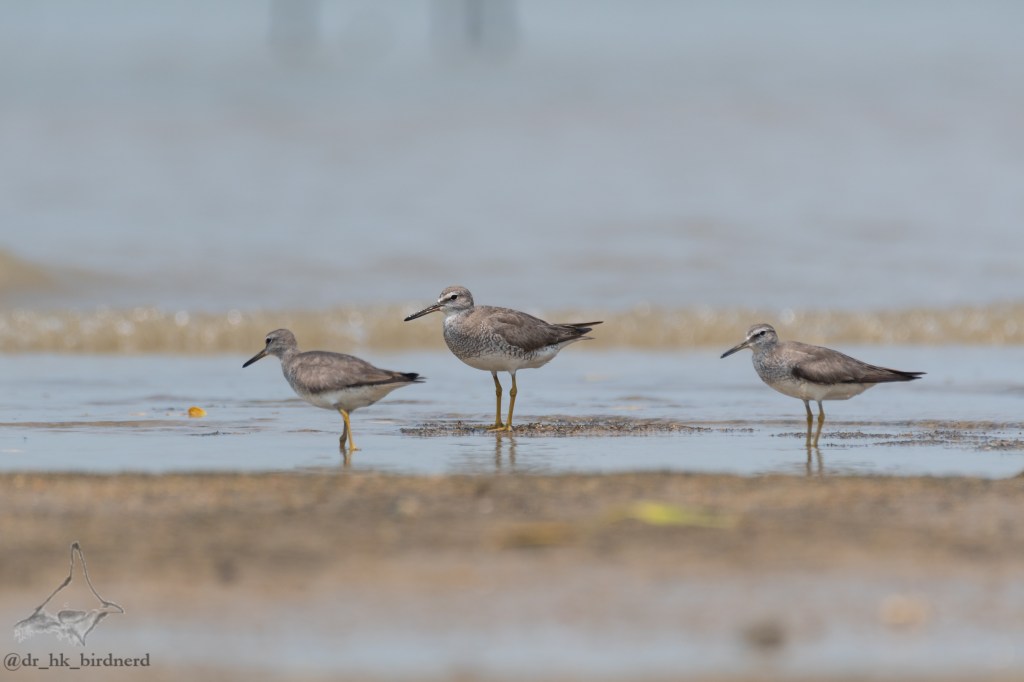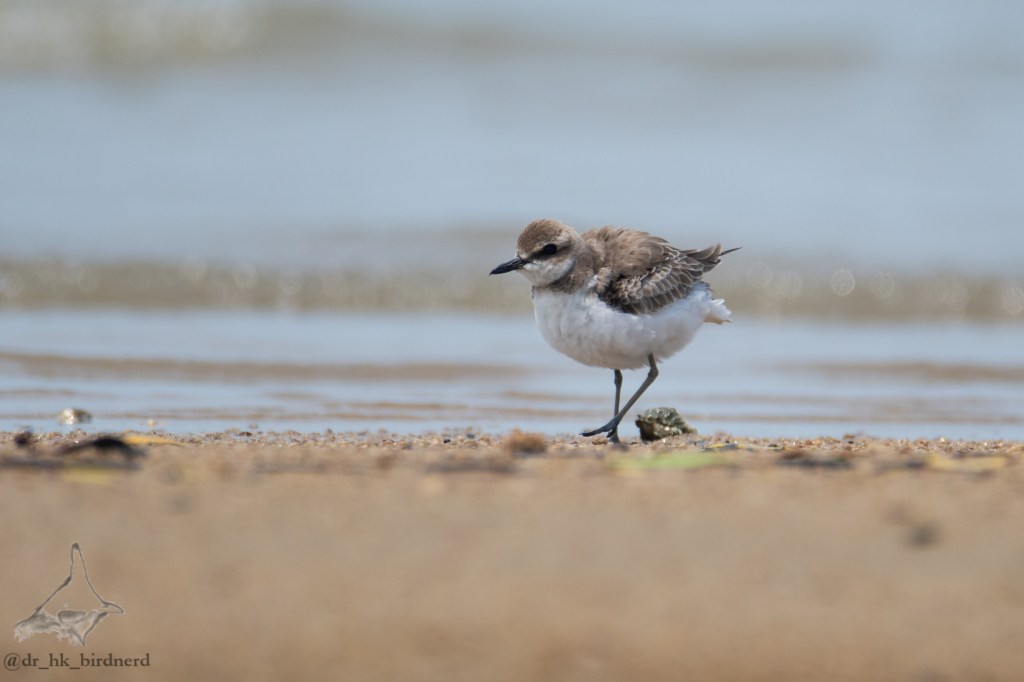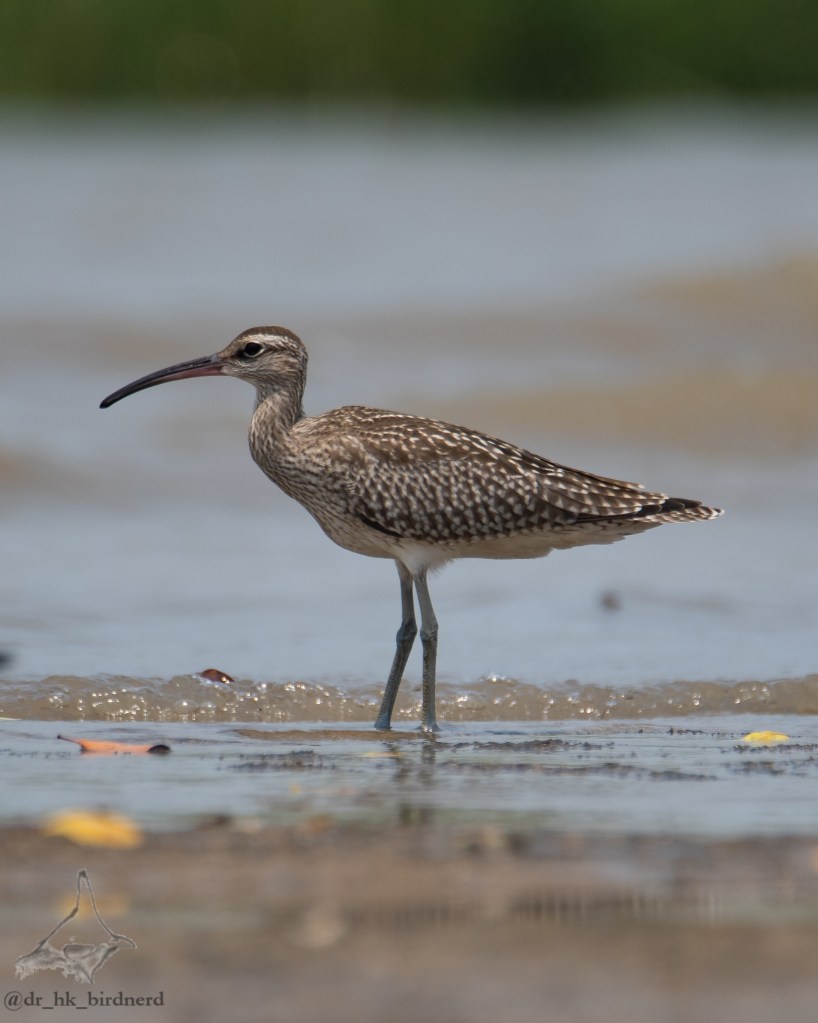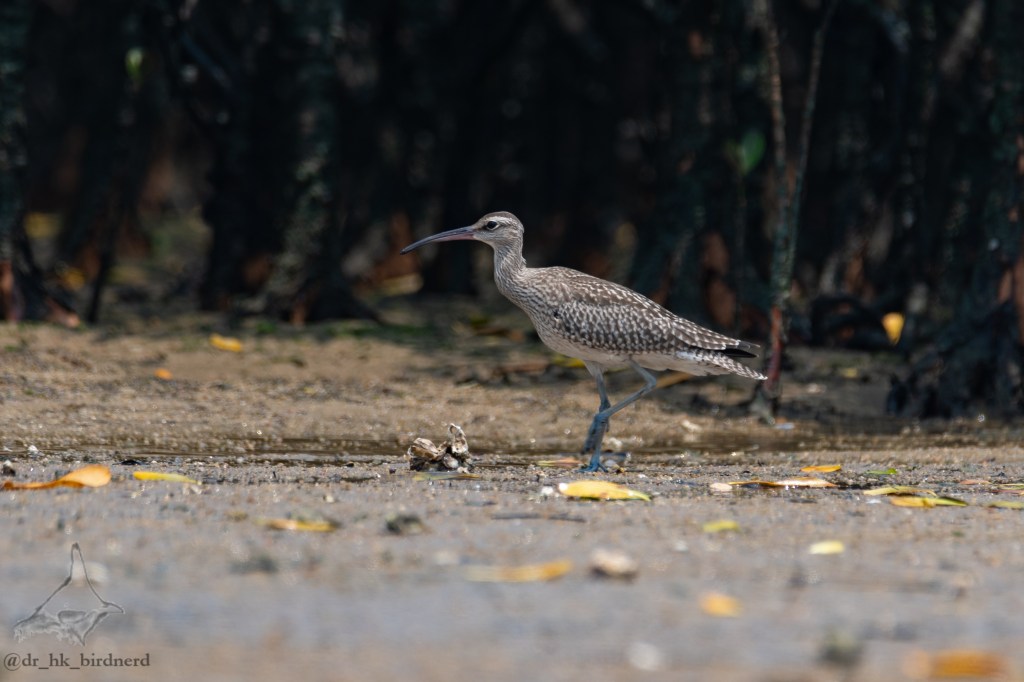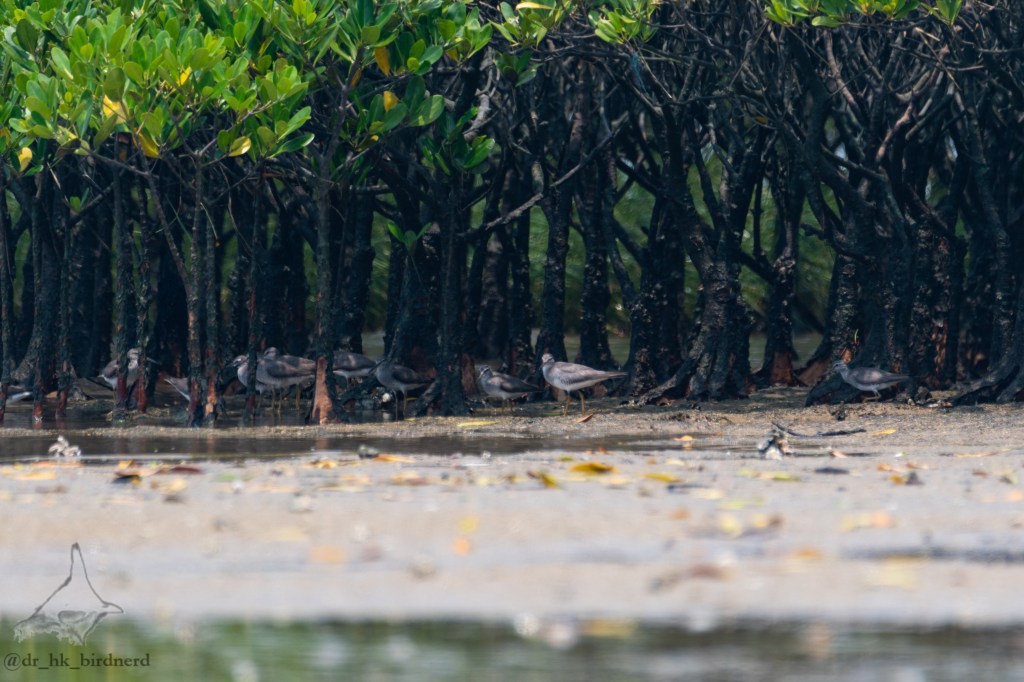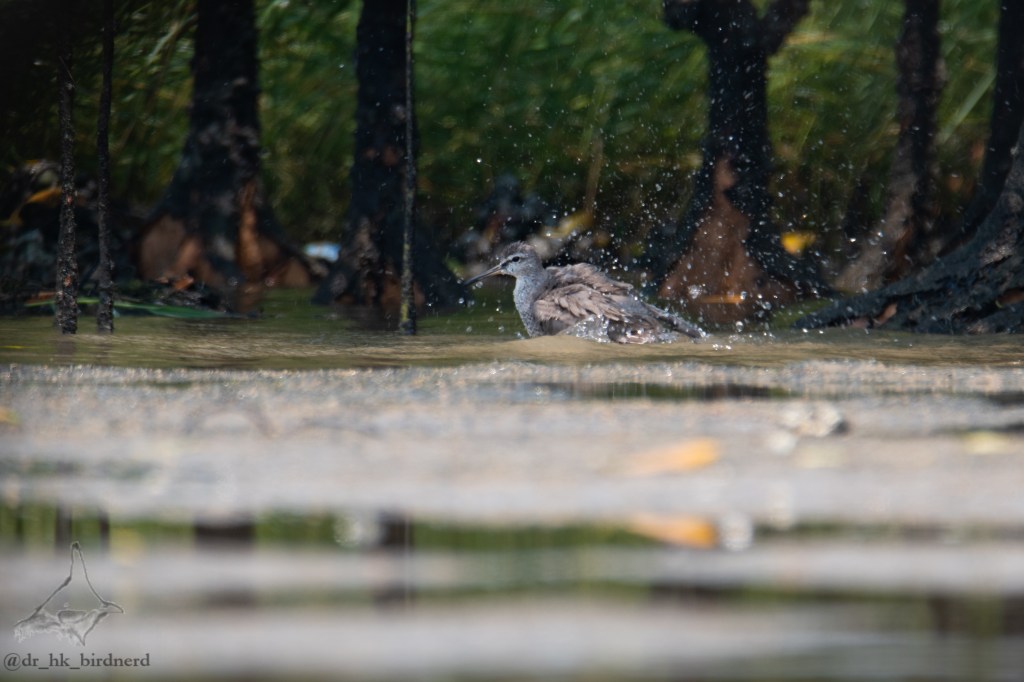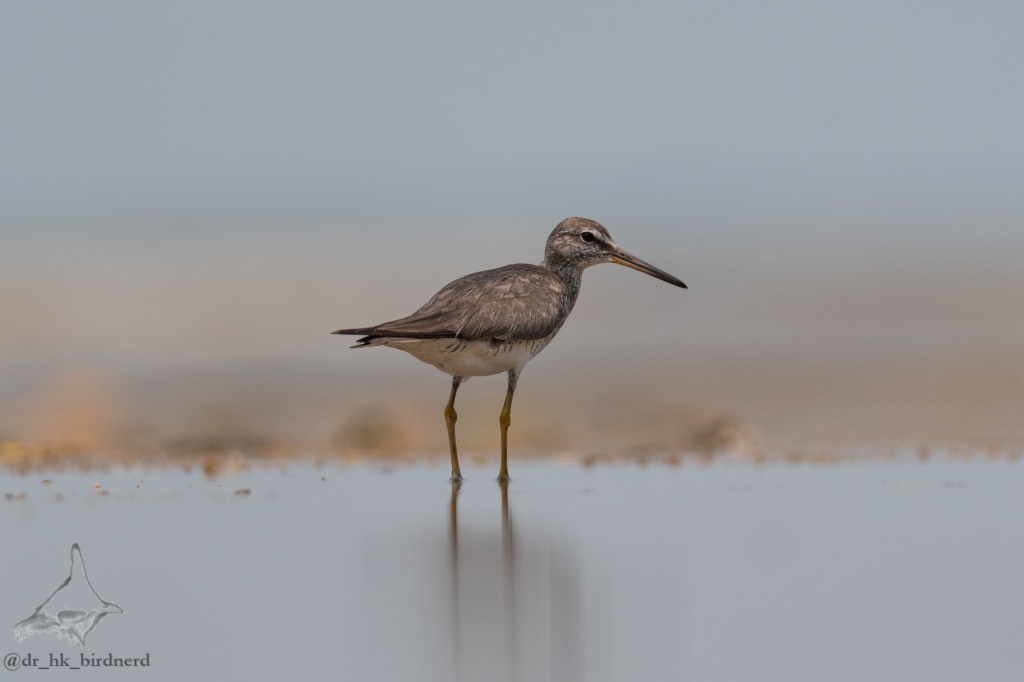
This past week was my first week of online teaching, and I was (and unfortunately will be) quite busy with class prep, so today was the day for me to try.
Sai Kung
With the first round of autumn migrants well on their way through the territory, I returned to Sai Kung to try my luck. Last weekend we didn’t see any Amur (or Japanese) paradise flycatchers, so I had assumed that they had all left by now were it not for a few sporadic reports of sightings throughout the week. But alas, none were to be found today either.
What’s worse is that I failed to find any bird waves, instead hearing a symphony of mostly residents, as well as a few calls I couldn’t identify. I did manage to spot a single, very shy dark sided flycatcher, but alas the photo is no good. Other records included two emerald doves, fairly common but extremely shy forest residents, and the unmistakable call of a bay woodpecker. Perhaps one day I’ll be able to see it.

I do wonder if the presence of the paradise flycatchers encourages bird waves at all. They seem to be numerous, prominent, and well-accompanied when we were used to coming across them. For local forest residents, i still think that this is one of the better places in Hong Kong to visit, but without the draw of such VIPs as the paradise flycatchers, I may try and explore somewhere else next weekend.
Ho Man Tin
Rather disappointed with my trip to Sai Kung, (and also frustrated by the traffic back to Mong Kok), I found the initiative to give Ho Man Tin a try, as there were some good reports this week, in particular of a Taiga/red-throated flycatcher. I did manage to spot the bird very briefly, but thankfully it was also enough to get a record.
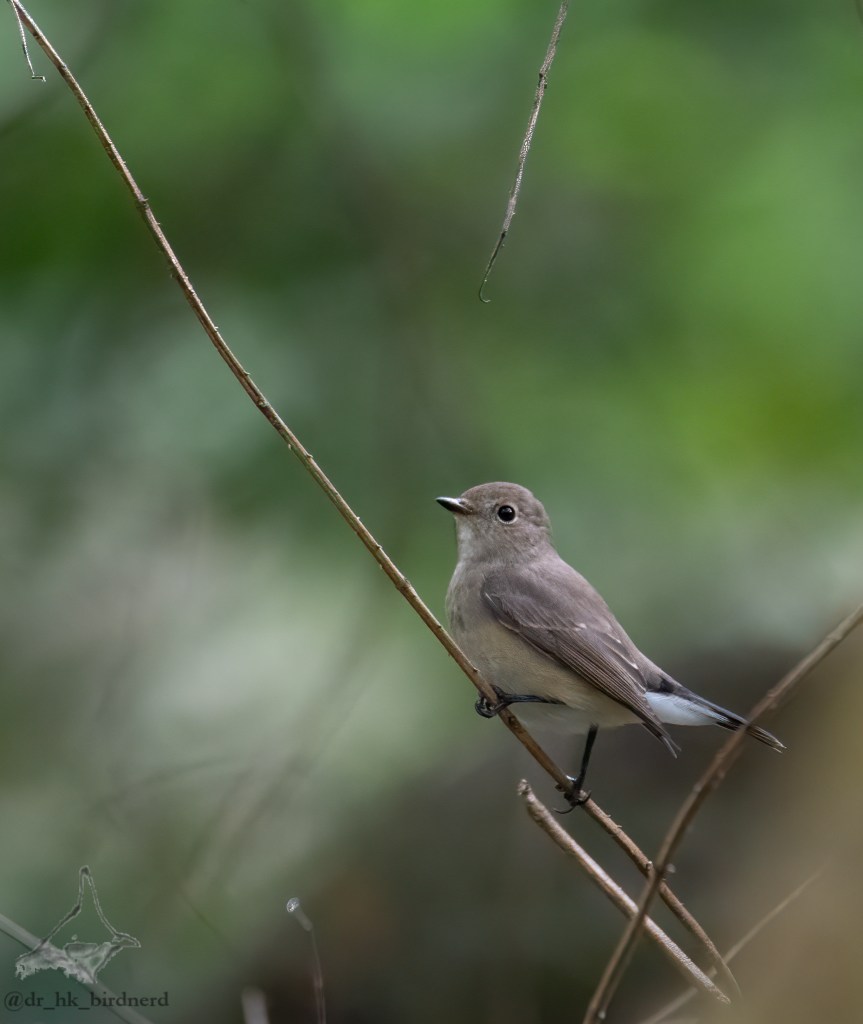
I saw a pale-legged leaf warbler as well, another rather common migrant over the past few weeks, but the real prize was a clear shot of an Asian brown flycatcher. I’ve seen them at Ho Man Tin before, and last week saw one at the very same spot at the top of the hill, although I could never get a shot. Even though they are rather common visitors and lack an exciting plumage, I was still very happy to finally get a decent shot of this lovely bird.

